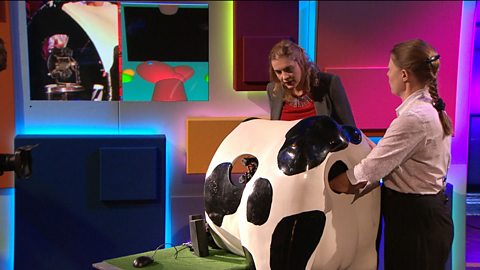Please note that this video contains flashing LED lights as part of the demonstration.
Professor Danielle George explains how an LED screen works, using a 32 x 32 LED grid to demonstrate how each LED acts as a pixel in an image.
Danielle invites a child from the audience to join her in a demonstration in which she uses a 4 x 4 grid of giant LEDs to show that a large number of LEDs can be controlled by a small number of switches.
This clip is from The Royal Institute Christmas Lectures 2014.
Please note that this video contains flashing LED lights as part of the demonstration.
Teacher Notes
Key Stage 3
Introduction β explain that LED screens make up the majority of displays that computers use to output information. Explain that the display is made up pixels (illuminated dots, or squares, on the screen). Each pixel is illuminated in a specified colour. Together, all the pixels form an image.
Activities:
1. Provide pupils with card that is black on one side and white on the other. How many cards (pixels) do they need to represent a letter from their name, their whole name and a picture of their face?
2. For each of the above, how many bytes would be needed to store this data? (Answer β divide the number of bits by 8).
Key Stage 4
Additional material:
- A grid matrix can be represented in a 2-dimensional array. Write a program that allows the user to store a letter in such an array with 8 rows and 8 columns.
- A high-definition TV has a pixel grid of 1,920 columns x 1,080 rows. If each pixel has a 16-bit colour depth, how many megabytes are required to store an image on the screen?
- Answer: 1920 x 1080 = 2,073,600 bits.
- 16-bit colour depth requires 2 bytes for each pixel.
- The total number of bytes = 2 x 2,073,600 = 4,147,200 bytes.
- Divide by 1000 to get the number of kilobytes = 4,147.2 kilobytes.
- Divide by 1000 to get the number of megabytes = 4.1472 megabytes.
- 4.1472 megabytes is far more data than the recommended 5-megabit broadband required to stream HD TV shows. How can we watch a TV show online when the amount of data is greater than the bandwidth? (Answer β we use compression to make the file size much smaller, for example converting the file to mpeg, mov or mp4 file formats).
Curriculum Notes
These clips will be relevant for teaching Computing, ICT and Computer Science at KS3 and GCSE/KS4 in England, Wales and Northern Ireland and 2nd Level and National 4/5 in Scotland.
The topics discussed will support OCR, Edexcel, AQA,WJEC GCSE in GCSE in England and Wales, CCEA GCSE in Northern Ireland and SQA National 4/5 in Scotland.

More from The Royal Institute Christmas Lectures 2014:
Feedback loops. video
Professor Danielle George demonstrates what feedback loops are by asking a child to match the note that she plays on a swanee whistle.
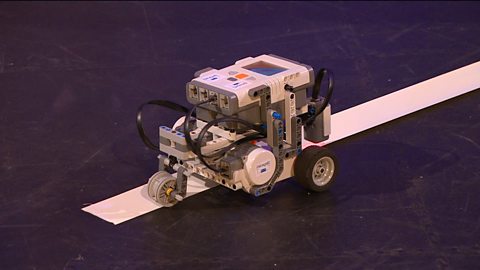
How does a digital camera work? video
Professor Danielle George explains how a digital cameraβs CMOS sensor captures an image, using balls and buckets to represent photons, electrons and capacitors.

How robots can work together in a swarm. video
Paul Beardsley from Disney Research Zurich explains how the 50 pixelbot robots work together in a swarm to create animations.
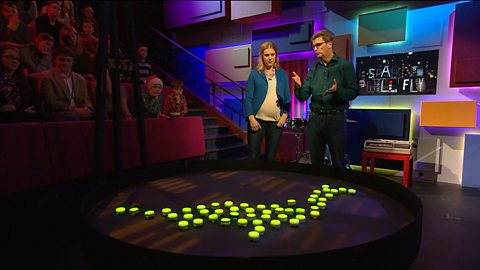
The Mars Rover and autonomous navigation. video
ExoMars Rover Engineer Abbie Hutty, from Airbus Defence and Space, explains how the Mars Rover uses 3D cameras to create a map of the Mars landscape.

Solving a puzzle cube by smartphone. video
Professor Danielle George explains how a smartphone and mechanical arms made of bricks can solve a puzzle cube in less than five seconds.
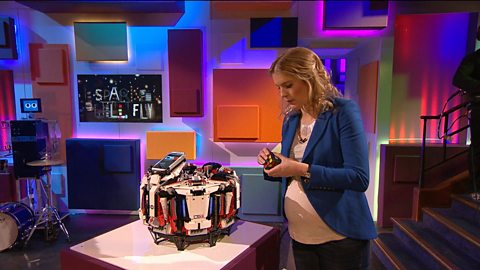
What can 3D printing be used for? video
Professor Danielle George explains how 3D printing works and demonstrates an object being printed in real time.
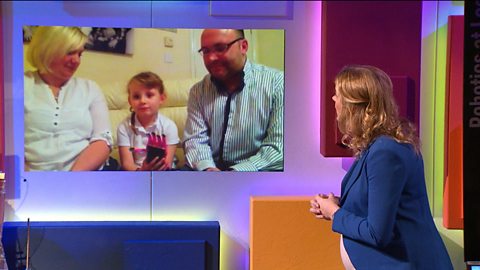
Touching virtual objects. video
How haptic technology allows you feel things that arenβt really there. Professor Danielle George demonstrates using a βhaptic cowβ.
